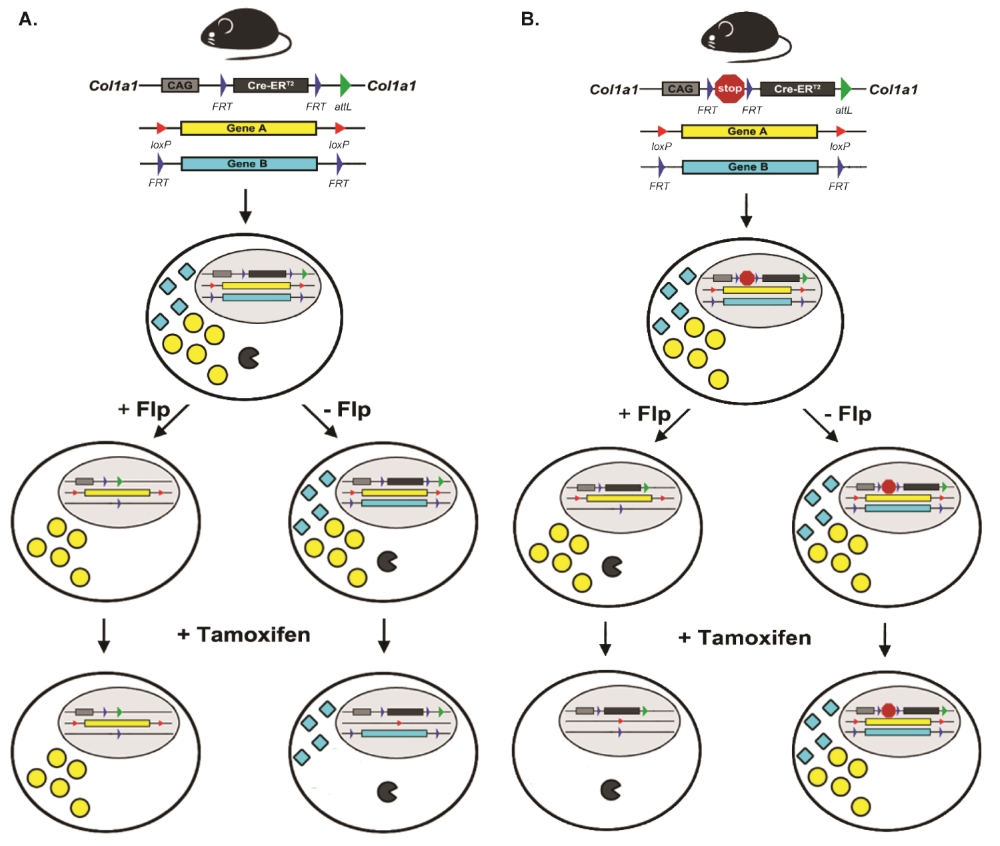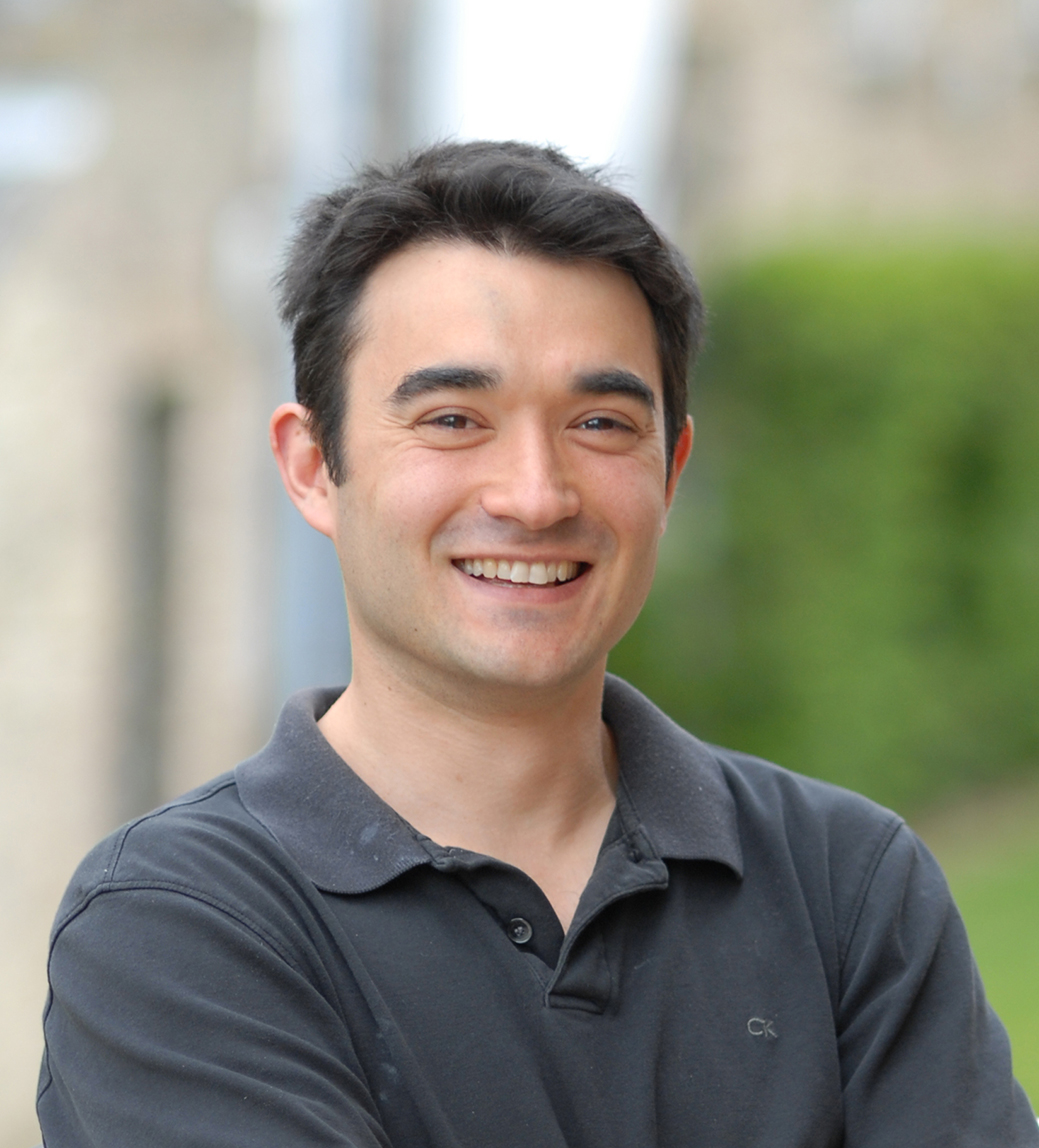This Sticky Wicket article first featured in Journal of Cell Science. Read other articles and cartoons of Mole & Friends here.

Text translated from the Italian. I think. With profound apologies to Dante Alighieri (D.A.)
Midway (or more? I hope not) on the journey of my independent career
I found myself in a dark forest…okay, it was my dark office;
My grant had been rejected, and the revision was soon due.1
I wasn’t writing normally; everything was coming out in triplets.
Sort of like a poem, except it didn’t rhyme. Or maybe it did,
If it were in another language. Except I don’t speak any other languages.2
Why did my grant crash and burn?3 How did I fail so badly?
Okay, it wasn’t an awful score, but miles away from being funded.
It’s just so unfair, this whole rejection thing. I mean, why can’t I get agood review?
Oh, but drat4, I hate revising grants. They eat my time like lions, or maybe
Gerbils. Or knockout mouse lines I have to list. Make a note, I have to remember
To list all the bloody mouse lines. I got dinged5 on that. I shouldn’t have to do this.
Yeh, lions and gerbils and knockout mice, oh my. And maybe bears.
But then there was a figure before me, to lead me on a tour, he said, of Grant Hell.
“It’s going to be a long night,” he told me, “maybe have a snack first.6”
“Who are you?” I asked, because he looked like Dumbledore.
And I didn’t want to go all Harry Potter on him. “I was Francis Bacon in life7”, said he.
Great. But hey, it could have been worse, I guess. “Can I call you Frank?”
“This is all my fault, you know,” he said, “I devised the scientific method,
which I still think is a good thing. I didn’t even think about grants.
My bad. Do you still say ‘My bad?’ Anyway, my bad.”
“But grants are a reality of how we do science. Okay, in my day we didn’t have
Grants; we had to find a benefactor.8 But you, at least, have a better chance.
And still, many of you would rather complain than revise your approach.”
And into Grant Hell9 we went. “We’re going to start at the bottom,”
He whispered, “because that’s really how it goes. Are you up for this,
or are you going to punk out?” I really wanted a drink. Not tea.
We were bathed in flames, but as shades we didn’t burn. Good, that.
“This is the Ninth Circle,” Frank said. “We won’t stay here because it’s really bad,
This is Treachery, saved for those who steal other’s projects.10” It really stank.
We passed by this one, and up to the Eighth, the circle of Fraud. It also stank.
“Some desperate sociopaths11 who fake results to write a grant,” he whispered.
I was glad they had their heads firmly inserted where heads don’t properly go.
We stopped to watch Violence in the Seventh Circle. Saved for those who
Blamed their trainees for their failures. Here, the wretched watched
As their papers were shredded and labs were trashed. Serves them right.
Here in the Seventh, the trainees taunted the damned mentors.
“You could have paid attention to what I was doing!” “You jerk,
You could have mentored me, instead of dissing everything.”12
We climbed our way to the Sixth Circle, and here we found Heresy.
“WTF?” I asked Frank. He shrugged. “Hey, I didn’t make this place.
Here is where we go when our ideas are completely out of line with the field.”
“But that’s just good science,” I argued. “Are you telling me that these
Poor souls are here because they disagree with the common wisdom?
We have to just toe the party line and not have our own ideas?”
“No,” said Frank. “You’re missing the point. They are here because
They can’t convince anyone that their alternative viewpoint has any value.
So they huddle together and agree with themselves, and no one else.”
I approached one of the denizens. He looked at me with red-rimmed eyes.
“‘AIDS isn’t a virus’,” he quoted, “‘it is a condition of immoral lifestyle. So is cancer.’”
“I get it,” I told Frank, “alternative is fine, but stupid is stupid.”
Up to the Fifth Circle, we roamed. Here was Anger. The wretched moaned,
And complained about their fate to each other, which was pretty awful.
Since they were all working on pretty much the same things.
“It’s all your fault!” said one to the group. “If I were the only one in this field,
I’d have my grants funded. Everything I proposed was perfectly fine.”
“That’s what I said,” complained another. “Except it’s your fault.”13
to be continued…
↵1- Mole is a huge baby about writing grants. He calls it ‘bleeding on paper.’ The process involves putting together a plan, with supporting data, for work that is meant to have not yet been attempted, but generally must be well underway, without supporting funds. These are reviewed by ‘peers,’ other scientists who may have a passing familiarity with the research area, who meet to figure out how not to support the application. Following the almost inevitable rejection, the application is revised with more supporting data (generated without support, somehow), which results in a ‘revision,’ submitted for evisceration by another set of peers. As a consequence, a great deal of work is done without support. Once approved and funded (if that happens), the now funded scientist forgets all of the bloodshed, and generally works on something else altogether.
↵2- This is true. Including English.
↵3- (cadere a pezzi). Grants are either funded or not. If they are not funded (the most common scenario), we tend to feel that they utterly failed, and in a sense this is true. Unlike hand grenades, horseshoes and the predictions of pundits, ‘close’ does not matter with grants. This is not conventional wisdom: most will assume that ‘nearly funded’ means ‘it will get funded next time.’ Unfortunately, this does not follow. Each grant or its revision should be written as though it is the first time anyone will see it. Most often, that is the case (see Footnote 1).
↵4- merde
↵5- Ho un ragno nei pantaloni (lit. I have a spider in my pants). One never knows what a reviewer will home in on, and when we are working on a revision, we often refocus on such criticisms. However, do not be deceived: while it is important to pay attention to all criticisms, these are not ‘why’ a grant does not get funded. Do not fall into the trap of thinking that by ‘fixing’ such problems, the grant will not pay off.
↵6- Mangia un panino al burro di arachidi.
↵7- 22 January 1561–9 April 1626. English. ‘Frank’ was not only a scientist but also a philosopher, statesman, jurist, orator, and author. In addition, he worked as Attorney General and Lord Chancellor of England. He makes Mole feel exceptionally lazy.
↵8- The benefactor system was one way science was done until well into the 19th century. The only alternative was to finance the work oneself (a ghastly thought). Unlike the grant system, which relies on peer review (at least on the surface), one needed to convince a benefactor to provide the funding, and often the place in which the work was done, and funds could be withdrawn at any time. While it may seem outdated, a form of this is practiced today in the form of contracts from industry, who often seem even more pernicious than the benefactors were.
↵9- Every applicant for a research grant has experienced Grant Hell in some form. Here, though, Mole is being escorted through the nine circles of Grant Hell to learn why grants are not successful. He begins at the lowest level (unlike D.A.’s tour of real Hell) because it gets better as he goes up. But it’s all pretty awful.
↵10- It is not the case that grants fail to be funded because they were stolen from someone else. Mole simply hopes this is the case. Actually, he hopes that these people will be bitten by monkeys.
↵11- Colui che morde la scimmia (lit. he who bites the monkey)
↵12- Some investigators fail to realize that the critical interactions among laboratory workers and themselves goes two ways. Criticism is an important part of the enterprise, but if this is only negative, the morale of the laboratory declines. We are not only our laboratories’ critique, but also the cheerleaders. When we support the work of our trainees, and devote ourselves to their development, they can help us find our way out of this circle of Grant Hell. Mole is forever grateful to his own trainees, who pull together to generate supporting data for ideas he writes in his grants, and once the grant is submitted (whether or not it is supported) he works with them to develop the findings further.
↵13- It is often the case that grants are not supported because too many other people are working on the same questions, which raises issues as tohow important the questions are. This is something many applicants never take into consideration, making the error of believing that given that so many others are working on something, it must be important. But those who evaluate the proposal vary in their interests, and are often unconvinced by this argument. The answer is not to try to force others out of our area of interest, but instead, to frame our research plans in such a way that we highlight how our own work is unique. Where would the field be if you had never worked in it? Where would it be if you were not supported in what you plan to do? Channel that anger into something creative, or indeed, this circle of Grant Hell will be home.
 (3 votes)
(3 votes)
 Loading...
Loading...



 (2 votes)
(2 votes)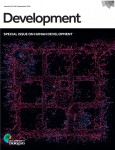 Here are the highlights from the
Here are the highlights from the  Gerrelli and colleagues summarise the remit and efforts of the Human Developmental Biology Resource – and other similar projects – that provides researchers with access to human tissue and related services. See the Spotlight article on p.
Gerrelli and colleagues summarise the remit and efforts of the Human Developmental Biology Resource – and other similar projects – that provides researchers with access to human tissue and related services. See the Spotlight article on p. 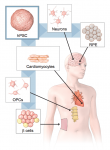 In their opinion piece, Thies and Murry consider progress in the use of human PSCs in regenerative medicine – fuelled by advances in developmental biology – in five areas that offer great promise for clinical applications. See the Spotlight article on p.
In their opinion piece, Thies and Murry consider progress in the use of human PSCs in regenerative medicine – fuelled by advances in developmental biology – in five areas that offer great promise for clinical applications. See the Spotlight article on p. 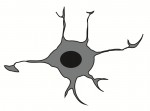 Vera and Studer discuss the difficulties involved in using stem cells to study diseases of the elderly and review how these might be overcome. See the Spotlight article on p.
Vera and Studer discuss the difficulties involved in using stem cells to study diseases of the elderly and review how these might be overcome. See the Spotlight article on p. 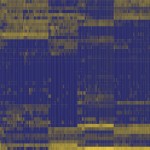 Pera and colleagues examine recent efforts in defining and capturing the human naïve pluripotent state in vivo and in vitro, in light of the different states of pluripotency found in the mouse. See the Review article on p.
Pera and colleagues examine recent efforts in defining and capturing the human naïve pluripotent state in vivo and in vitro, in light of the different states of pluripotency found in the mouse. See the Review article on p.  Franchini and Pollard discuss how genome sequencing and functional genomic approaches are enabling analyses of the evolutionary and developmental origin of traits unique to our species. See the Review article on p.
Franchini and Pollard discuss how genome sequencing and functional genomic approaches are enabling analyses of the evolutionary and developmental origin of traits unique to our species. See the Review article on p. 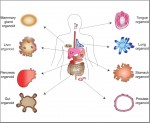 Huch and Koo review recent advances in the generation of ESC- and adult stem cell-derived organoids in order to understand the development of endoderm-derived organs in human and to develop therapeutic strategies for repair. See the Review article on p.
Huch and Koo review recent advances in the generation of ESC- and adult stem cell-derived organoids in order to understand the development of endoderm-derived organs in human and to develop therapeutic strategies for repair. See the Review article on p. 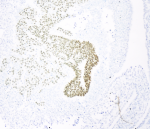 Jennings, Hanley and colleagues present a human-centric view of the latest advances in our understanding of pancreas development and the relevance of these insights from a clinical perspective. See the Review article on p.
Jennings, Hanley and colleagues present a human-centric view of the latest advances in our understanding of pancreas development and the relevance of these insights from a clinical perspective. See the Review article on p.  Suzuki and Vanderhaeghen examine stem cell-based approaches to analysing human brain development, from specification of particular cell types to building neuronal networks. See the Review article on p.
Suzuki and Vanderhaeghen examine stem cell-based approaches to analysing human brain development, from specification of particular cell types to building neuronal networks. See the Review article on p.  (No Ratings Yet)
(No Ratings Yet)